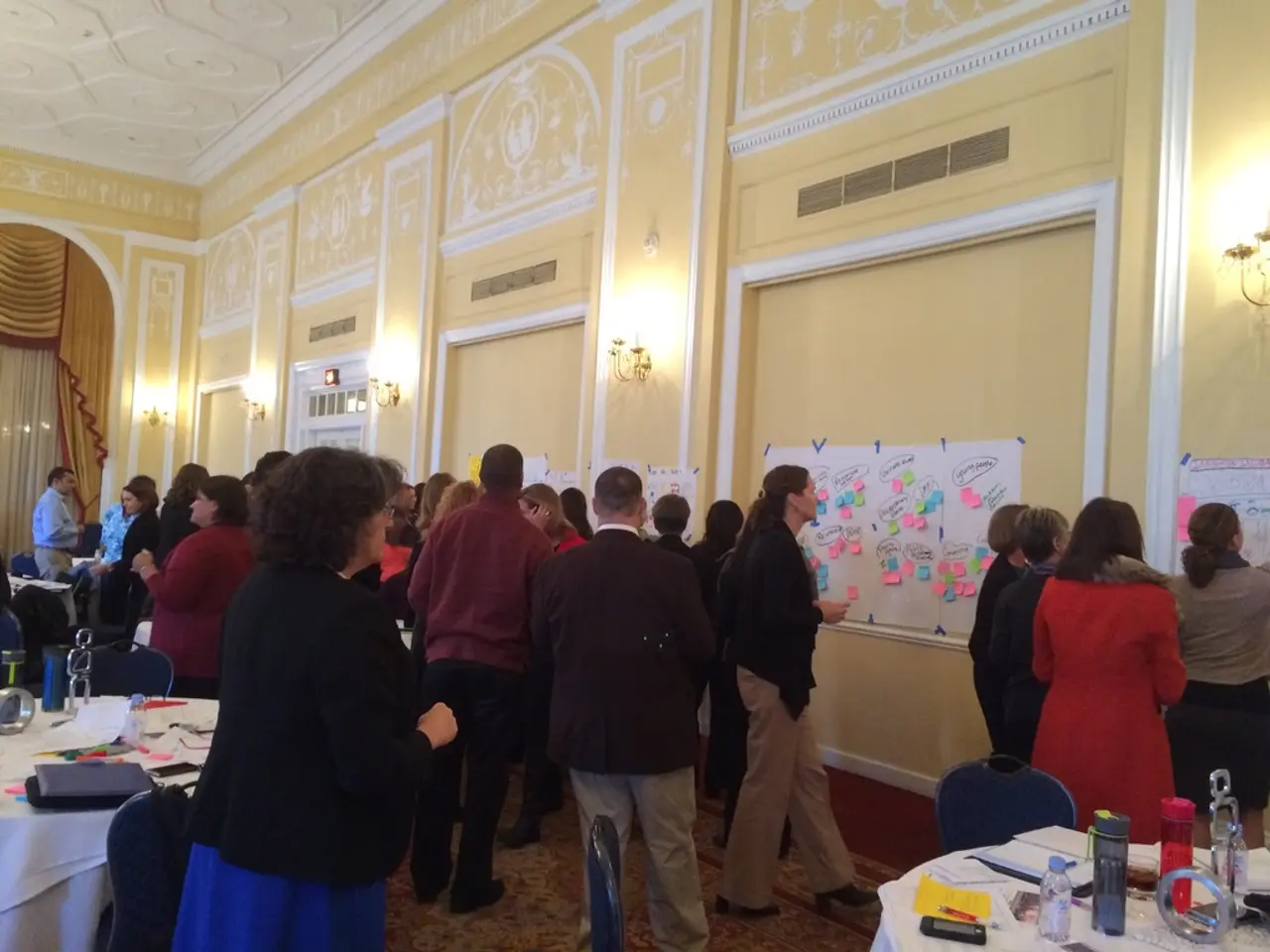Comprehensive Overview of the Five Phases in Group Development
Team dynamics play a crucial role in how a team performs together. These intangible factors include complex interactions, shared values and goals, communication patterns, and the level of trust and collaboration between team members. One model that helps us understand the progression of teams is the five stages of group dynamics, first proposed by Bruce Tuckman in 1965 and later extended with a fifth stage.
The Five Stages of Group Dynamics
Forming
In the initial stage, team members get to know each other, build initial relationships, and rely on the leader for guidance. Roles and goals start to be outlined, with politeness and uncertainty present.
Storming
As team members become more comfortable, conflicts and disagreements may emerge. This stage involves resolving clashes over authority, roles, and approaches, which is necessary to establish real communication and trust.
Norming
Once conflicts are resolved, the team begins to establish shared norms, clarify roles, and learn to work efficiently together. Trust and collaboration strengthen here, creating comfort and commitment among members.
Performing
At this stage, the team is highly functional, working efficiently towards goals with clear roles and trust. Productivity peaks as members leverage each other’s strengths to complete tasks effectively.
Adjourning
For temporary teams, this stage involves disbanding after goals are met. Leaders support transitions, helping members process change and prepare for new roles, maintaining morale and closure.
Significance for Team Leadership and Development
Understanding these stages is crucial for team leadership and development. Here's why:
- Anticipating challenges and needs: Knowing these stages helps leaders expect and manage conflicts, support role clarity, and maintain high performance.
- Guiding appropriate interventions: Leaders can apply suitable leadership styles and problem-solving techniques at each stage.
- Improving communication and trust: Awareness promotes open collaboration, transparency, and cohesion, essential to positive team dynamics.
- Enhancing team adaptability: Leaders help teams navigate back and forth between stages when new tasks or changes occur.
- Supporting team closure: Understanding Adjourning enables leaders to foster positive closure and emotional support for transitions.
In summary, mastering the five stages of group dynamics equips leaders to build stronger, more resilient teams, optimize performance, and navigate the complexities of team development throughout a project lifecycle. By understanding and applying these stages, leaders can enhance collaboration and productivity in various real-life situations, including group projects, team-building exercises, and community initiatives.
- In the forming stage, team members rely on the leader for guidance, build relationships, and begin identifying roles and goals.
- To establish effective communication and trust within a team, leaders must navigate the conflicts that emerge during the storming stage.
- As teams progress through the norming stage, they develop shared norms, clarify roles, and strengthen trust, leading to improved productivity.
- Understanding the adjourning stage is important for leaders because it allows them to foster emotional support and positive closure during transitions, enhancing team adaptability and resilience.




